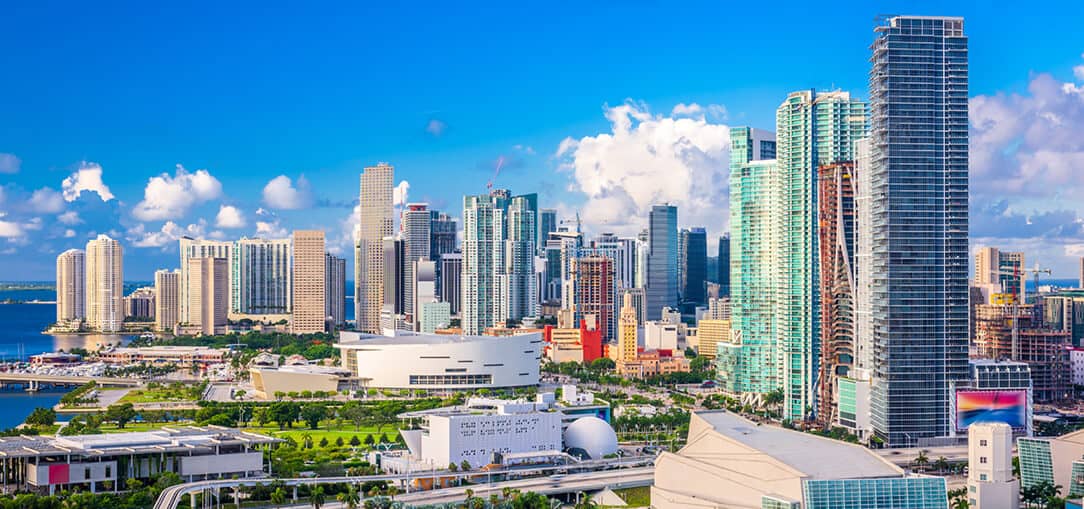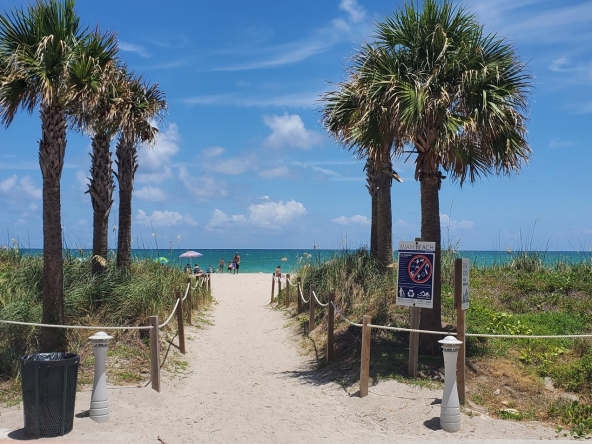Miami is more than just a sun-soaked paradise with pristine beaches and a vibrant nightlife—it’s a thriving real estate market attracting investors, homeowners, and developers from all over the world. But beyond the glitz and glamor, what’s the real story of Miami’s real estate industry? In this article, we’ll dive into the truth about what makes this market so unique, its challenges, and the opportunities for those considering entering or investing in the Miami real estate scene.
1. **Miami’s Global Appeal is Real**
One of the main reasons Miami’s real estate market continues to thrive is its international allure. The city has become a haven for foreign investors, particularly from Latin America and Europe. Miami’s lifestyle, weather, and cultural diversity make it an attractive destination for those seeking luxury homes, second properties, or investment opportunities. In fact, foreign buyers account for a significant portion of real estate transactions in the city, particularly in high-end markets such as downtown condos and waterfront properties.
However, this global appeal has also contributed to some volatility, as political and economic shifts in foreign countries can impact Miami’s market significantly.
2. **Not Just a Luxury Market**
While Miami is known for its luxury properties—like the sleek, high-rise condos lining South Beach or sprawling estates in Coral Gables—the truth is that the real estate market caters to a wide range of buyers. From first-time homeowners to seasoned investors, there’s a property for every budget. Many areas offer affordable single-family homes, apartments, and townhouses, especially in neighborhoods undergoing revitalization, such as Little Haiti, Allapattah, and parts of North Miami.
Miami has long had a reputation as a playground for the wealthy, but the market is diverse and inclusive of middle-class buyers as well.
3. **Booming Rental Market**
Miami is a city of renters, with rental properties in high demand. The influx of young professionals, students, and people relocating for work or lifestyle changes has created a hot rental market. Whether it’s vacation rentals, luxury apartments, or affordable housing, rental demand continues to grow. Investors looking to capitalize on this demand are drawn to Miami’s short-term rental market, particularly with platforms like Airbnb making it easier to turn a profit.
That being said, competition is fierce, and rental prices have risen sharply in recent years. This can pose challenges for renters but also creates excellent opportunities for property owners looking to capitalize on Miami’s robust rental market.
4. **Climate Change is a Growing Concern**
Miami’s location by the ocean is a double-edged sword. While the waterfront views and beachside living are huge selling points, the city is also vulnerable to rising sea levels, flooding, and hurricanes. Climate change is becoming a bigger concern for buyers, sellers, and investors alike. Some neighborhoods are already experiencing higher insurance costs, while others may become more susceptible to long-term damage in the coming years.
Real estate professionals in Miami are paying closer attention to climate resilience, with some buyers choosing to invest in properties on higher ground or in areas that are less prone to flooding. As the market evolves, environmental factors will play a bigger role in determining property values.
5. **Real Estate Development is Booming**
Miami’s skyline has transformed dramatically over the past decade, and it’s not slowing down. The city is in the midst of a real estate development boom, with new residential towers, commercial spaces, and mixed-use projects springing up across the city. Areas like Brickell, Edgewater, and Downtown Miami are witnessing a surge of development, with luxury condos, high-rise apartments, and modern office spaces reshaping the urban landscape.
This ongoing development offers numerous investment opportunities but also raises questions about sustainability, affordability, and overbuilding. Developers and buyers need to keep a close eye on market trends to avoid being caught in potential market saturation.
6. **It’s Not All About South Beach**
When most people think of Miami, South Beach often comes to mind. But Miami’s real estate market extends far beyond the iconic beachfront. Neighborhoods like Wynwood, Midtown, Coconut Grove, and Little Havana offer diverse property types and price ranges, each with its own unique character and charm.
Wynwood, for instance, has transformed from an industrial warehouse district into a vibrant art hub with trendy shops, restaurants, and loft-style apartments. Coconut Grove offers a more laid-back, family-friendly vibe, with lush parks and beautiful waterfront homes. Little Havana boasts cultural richness, with charming homes and a strong sense of community. Each of these areas offers distinct investment opportunities based on its appeal and growth potential.
7. **The Real Estate Market Is Highly Competitive**
Miami’s real estate market is competitive, especially for investors and first-time buyers. With the influx of foreign investors and the rapid development of luxury properties, the competition can drive up prices. Additionally, cash buyers often dominate the market, making it challenging for those reliant on financing to secure properties quickly.
Despite the competition, opportunities exist for those who do their research, build strong relationships with local real estate professionals, and are prepared to act fast when the right deal arises.
8. **Interest Rates and Affordability**
While Miami has a reputation for being expensive, mortgage interest rates play a significant role in determining the affordability of properties. Over the past few years, the Federal Reserve’s decisions on interest rates have directly influenced Miami’s real estate market. When rates are low, more buyers flood the market, driving up demand and prices. Conversely, rising interest rates can cool the market and make it more challenging for buyers to secure affordable financing.
First-time buyers in Miami need to be particularly mindful of fluctuating interest rates and how it impacts their purchasing power.
Conclusion
The truth about Miami’s real estate market is that it’s multifaceted, dynamic, and full of opportunities for those who are ready to navigate its complexities. From its global appeal to its booming development and rental markets, Miami continues to be a prime location for real estate investment. However, buyers and investors must also consider the challenges—such as competition, affordability, and climate risks—that come with the territory. By staying informed and working with knowledgeable real estate professionals, you can find success in this ever-evolving market.

